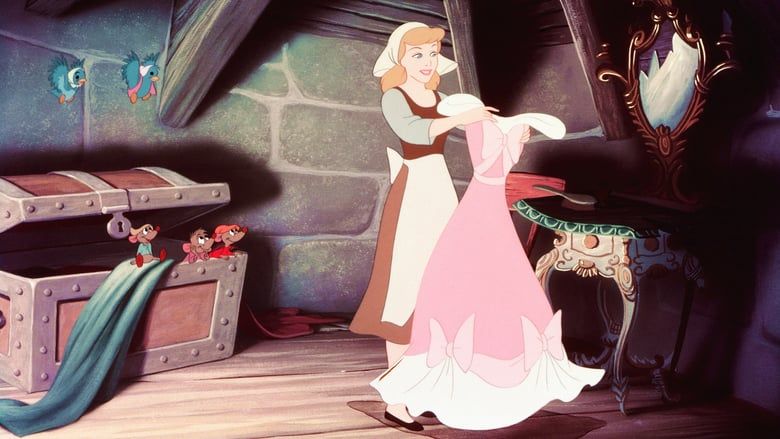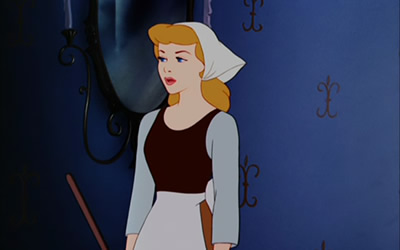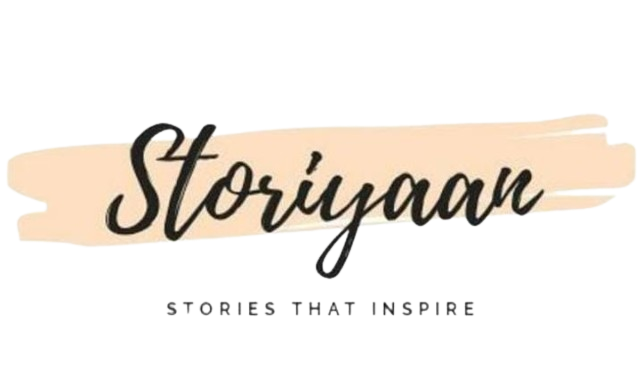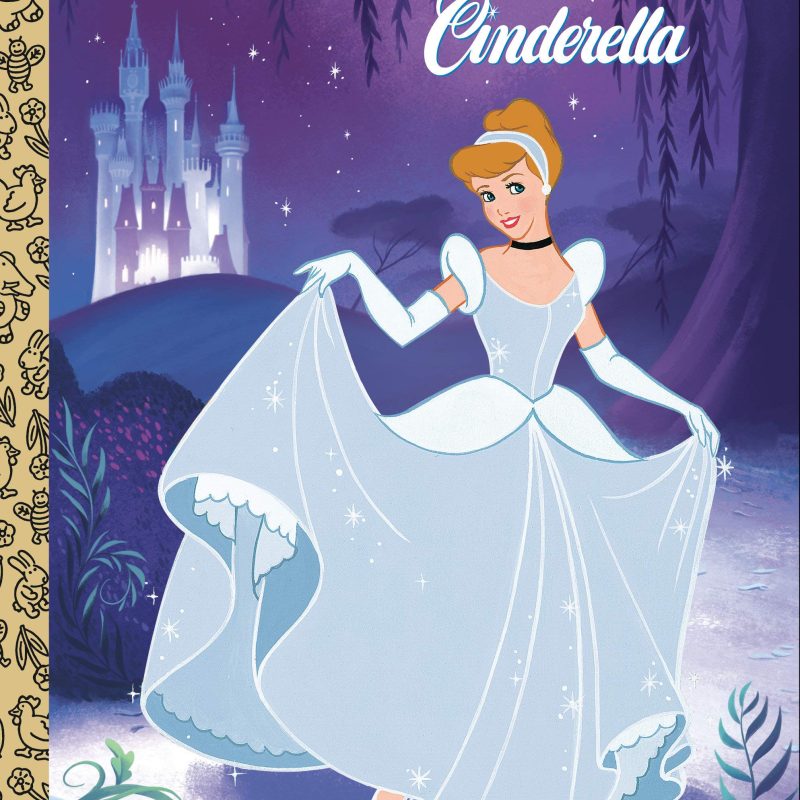The Cinderella film espouses a lot of feminists values. Today, we will try to answer the question what makes Cinderella a feminist?
The Disney princess Cinderella often gets a lot of criticism for being anti-feminist. The 1950 film is often seen as an attempt to misguide little girls and to reinforce patriarchal standards.
However, after watching the film as an adult we have got some new insights. Let’s dig into the findings-

Why do people criticise Cinderella in the first place?
Cinderella is often portrayed as a damsel in distress. Various pop-culture narratives say that the story of Cinderella is essentially about a timid, young woman who needed to be saved by a powerful, handsome prince.
Despite being the popular and most accepted opinion, we do not think this is true. This kind of analysis is a result of passive viewing of the film. There are a lot of nuances at play here, let’s view them one by one.
Is Cinderella a victim of abuse?
If you’ve grown up watching Disney films, this may not be a shock to you.
Anyone who is vaguely familiar with the story of Cinderella knows that she was being physically and mentally abused by her step-mother and step-sisters.
It is established from the beginning of the story that Cinderella’s parents are dead and she lives with her step-family. Her step-mother verbally abuses her and enslaves her for years. Her step-sisters don’t help either. She is forced to do all the household chores and is restricted from going outside.
Expecting Cinderella to fight back and to rage a struggle against her abusers is a classic example of victim blaming. Cinderella has nowhere else to go. The film establishes in the beginning that she is being enslaved in her own house for years.
Does Cinderella espouse traditional feminine traits?
The primary quality of Cinderella is kindness. Apart from this, Cinderella is also gentle, caring, and soft-hearted. All of these traits are traditional feminine traits.
Cinderella doesn’t use violence against her abusers. She doesn’t fight back. She perseveres and tolerates everything.
Saying that Cinderella is not strong enough is wrong. It’s buying into the common narrative that only traditionally masculine traits like fighting, shouting, or using violence makes people strong.
It completely rejects the notion that perseverance and facing your abuser everyday is one of the most difficult things to do.
Anyone living with their abusers and still dreaming of being free one day is a trait shared by emotionally strong people.
What does Cinderella really want?
It is a common misconception that Cinderella just wants to get married to a prince and live happily ever after. She does want to live happily ever after but she doesn’t dream of the prince.
All of the daydreams of Cinderella revolve around a happy, peaceful life away from her abusers.
Cinderella constantly dreams of a positive future. In a way, her ability to daydream is her coping mechanism.
When she’s dreaming, she is mentally living in a different world. It is a respite from the toxic environment at her home.

Story behind Cinderella’s glass slipper
The glass slipper eventually helps Cinderella get back to the prince. It is a metaphor for dreams. When you look closely, a glass slipper is not the most practical thing to exist in the world. It is fragile and it should be handled with care. Dreams are a lot similar to these.
When the viewer sees Cinderella dreaming of living a happy life in the future it seems like a fantasy. It’s difficult to accept that it can become her reality someday. Just like the glass slipper, the daydreams of Cinderella are beautiful but have little to no practicality.
But Cinderella knows how to turn her dreams into reality. The fairy godmother that helps her get ready for the ball is the manifestation of her own resourcefulness.
For Cinderella, the ball is not an event to meet the prince. It is simply a night out for her and an escape from her abusive family.
Cinderella goes to the ball mainly because she wants to have some sort of agency in her life. Throughout her life, she has been confined to her home. Her family doesn’t respect her choices or privacy. The ball is the first opportunity for her to express herself.
Cinderella’s story is not about sheer dumb luck
In popular culture, Cinderella’s story is often used to portray stories of sheer dumb luck. It’s always used to show how someone from a poor background rises to success and fame.
What people fail to notice is the sheer hard work and determination displayed by Cinderella throughout the story.
Despite being abused, Cinderella remained kind throughout the story. She used kindness as her armour. She always helped the animals around her. In return, she received help from those animals.
She believed in the power of reciprocity of kind acts.
Cinderella’s feminism and why is it necessary?
Cinderella’s story shows the power of kindness. Kindness is often undervalued in present contexts. It’s believed to be something of no practical importance. However, it is one of the most important qualities to have.
Cinderella portrays the power of resourcefulness. Her story teaches us that one doesn’t need to have traditionally masculine qualities to win a struggle.
It’s wrong to criticise Cinderella for being anti-feminist because it means criticising femininity.
Fairytale Feminism and the case of Cinderella
The story of Cinderella gives hope to all the victims of mental and physical abuse. It gives hope to all those who dream.
Cinderella teaches us that there is real power in our dreams and imagination. If you try, you can achieve whatever you want by the power of kindness and compassion.

